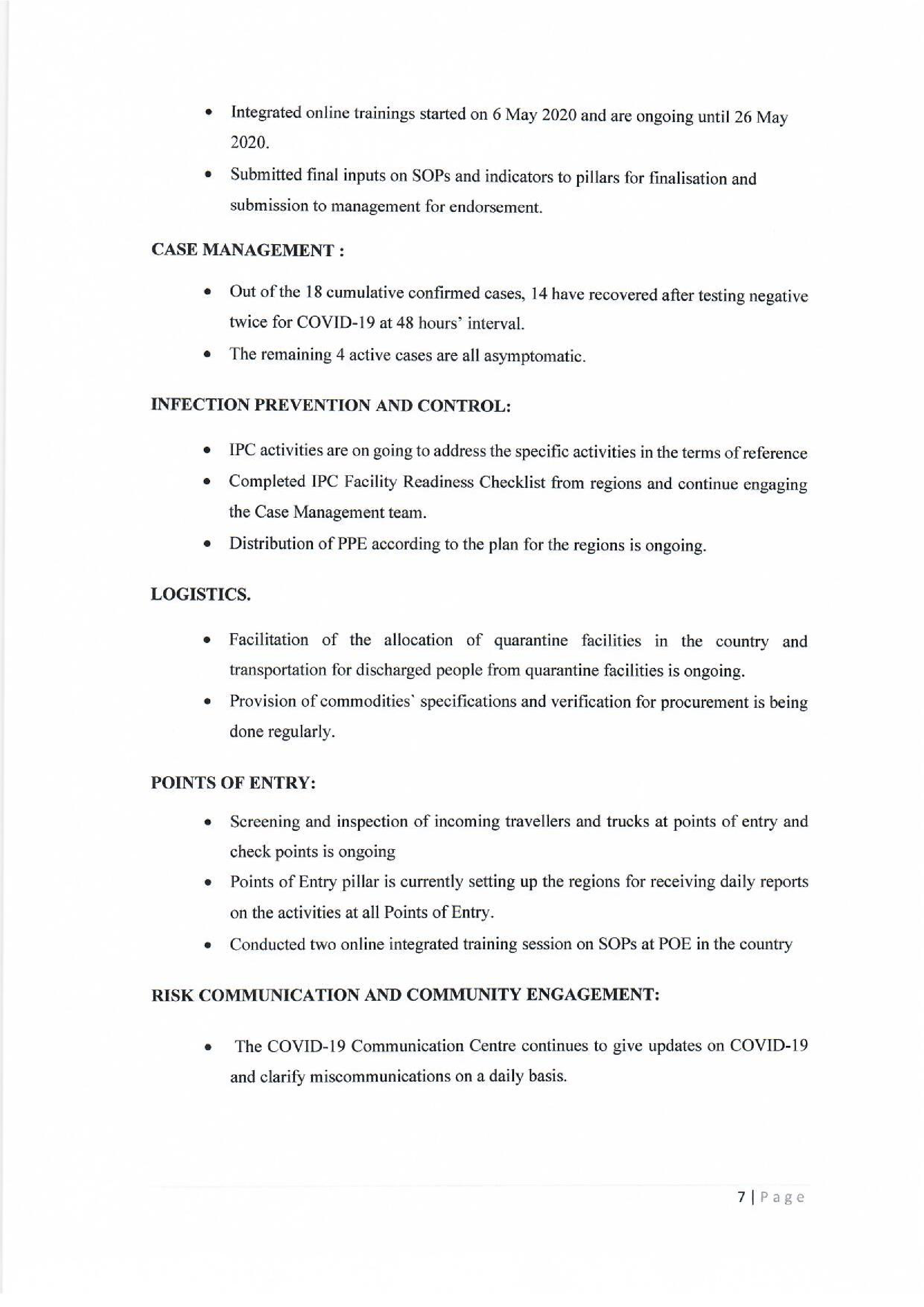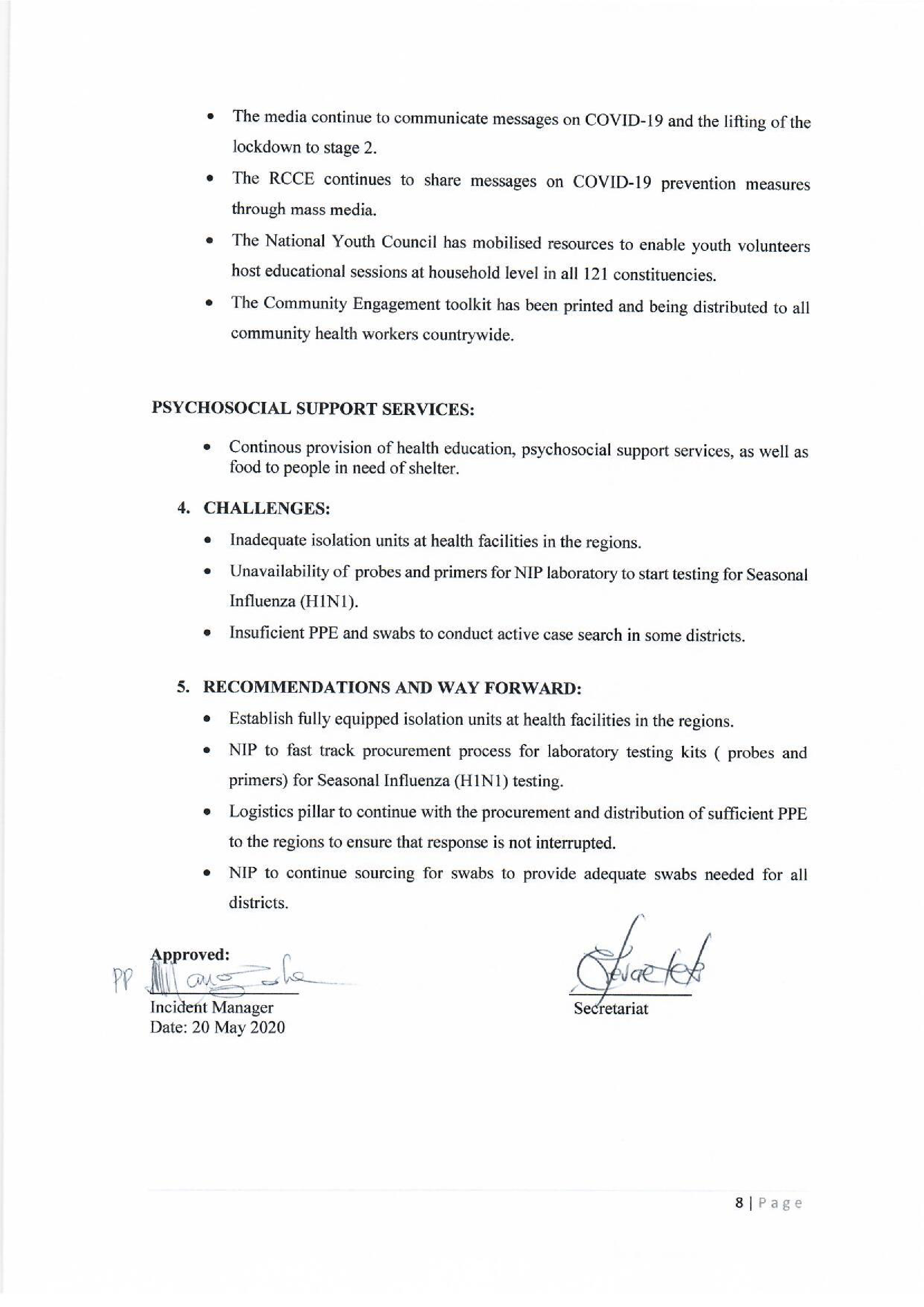
3. PUBLIC HEALTH ACTION / RESPONSE INTERVENTIONS
EPIDEMIOLOGY & SURVEILLANCE
¢ Case definitions as of 20 March 2020:
Suspect case:
A. A patient with acute respiratory illness (fever and at least one sign/symptom of
respiratory disease, e.g., cough, shortness of breath), AND a history of travel to or
residence in a location reporting community transmission of COVID-19 disease
during the 14 days prior to symptom onset;
OR
B. A patient with any acute respiratory illness AND having been in contact with a
confirmed or probable COVID-19 case in the last 14 days prior to symptom
onset;
OR
C. A patient with severe acute respiratory illness (fever and at least one
sign/symptom of respiratory disease, e.g., cough, shortness of breath; AND
requiring hospitalization) AND in the absence of an alternative diagnosis that fully
explains the clinical presentation.
Probable case: A suspect case for whom testing for COVID-19 is inconclusive.
Inconclusive being the result of the test reported by the laboratory
Confirmed case: A person with laboratory confirmation of COVID-19 infection,
irrespective of clinical signs and symptoms
Active surveillance working case definition as of 20 April 2020
A patient diagnosed with Upper/Lower Respiratory Infection (Mild or Severe)
presenting any of the following signs and symptoms: cough, sore throat, fever,
chills, myalgia/body pains or shortness of breath in the past 7 days.
e Surveillance activities
= Daily pillar and intra-pillar discussions are held to deliberate on daily progress,
gaps and way forward;
= Call centre continue operations for 24 hours every day.
= Data entry is ongoing and real-time data dashboard has been completed and
planned to be launched on 22 May 2020.
= Continous support for the COVID-19 intergrated online training in partnership
with WHO.
4|Page
















